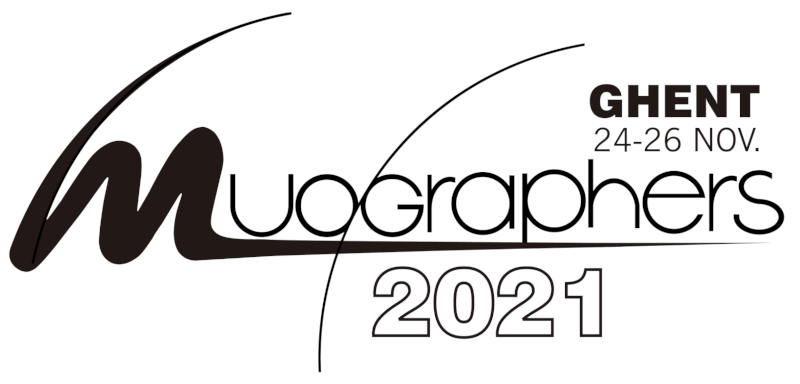Speaker
Description
Cosmic Muon Images is a muon tomography citizen science framework developed within the EU-funded (GA-872859) REINFORCE project (Research Infrastructures FOR Citizens in Europe). REINFORCE aspires to decrease the knowledge gap between research and society. Citizen scientists will engage in the process of scientific discovery by analyzing detector data from four major physics domains.
Muon Tomography, Gravitational Waves, Neutrino Astronomy and High Energy Physics join forces with people from all over the world to do science and discuss detection techniques, signal vs background discrimination, environmental effects on measurement, and broadcast the impact of fundamental research on everyday life and on societal progress. In this effort we want to reach the broader audience possible, and this means also making our data accessible to as many people as possible. SonoUno is a user centered software developed within REINFORCE that allows people with different sensory styles to explore scientific data, both visually and through sonorization.
Cosmic Muon Images utilizes the Zooniverse website to bring muon tomography to the general public and the citizen science community. Muon telescope data are visualized with 3D and 1D plots with the goal being the identification of patterns through a series of lines and points on these plots. The results of this pattern identification will be used to train machine learning (ML) algorithms to discriminate between signal and background events. We will then evaluate the performance of these ML algorithms to more traditional track reconstruction and event selection algorithms that are already in use. The key factor being how they compare with respect to speed and pattern recognition accuracy. Furthermore, a large dataset catalogued by eye will act as a stepping-stone towards other studies like background identification and Monte Carlo simulation development.
Citizen scientists will benefit through their exposure to calibration and detection techniques for muon telescopes to make their scientific contributions more robust. This will also provide a more fulfilling experience by learning new staff which are for the most part reserved for higher education audiences. They are going to learn about the different applications of muon tomography in fields like volcanology, archaeology, civil engineering, hazard monitoring and others. A great effort is made towards the inclusion of school students through a series of schools and seminars co-organized together with other EU-funded projects (e.g. FRONTIERS Summer School 2021) since young people have much to gain from learning about interdisciplinarity between sciences and how scientists from different domains collaborate towards a common goal.




